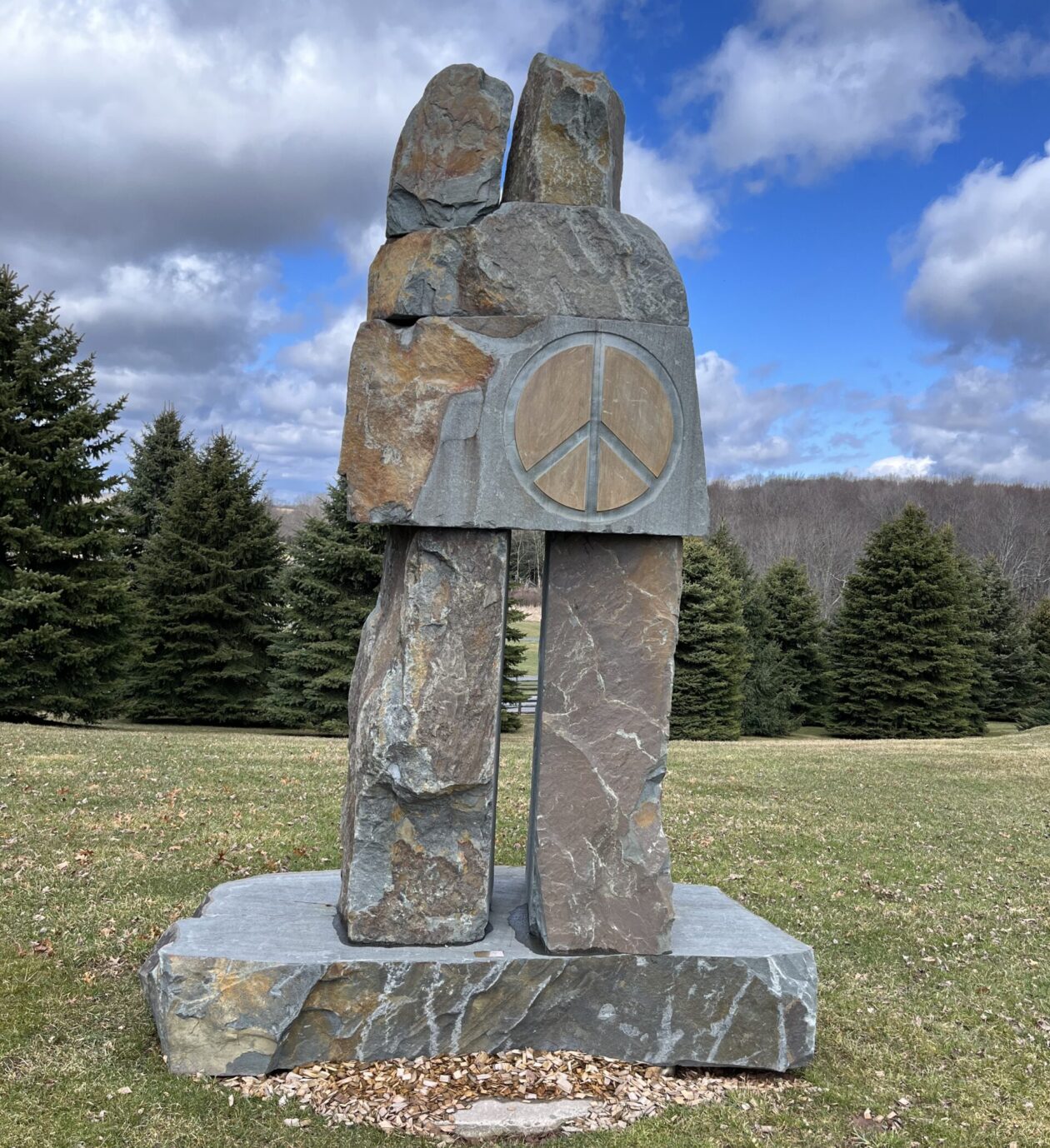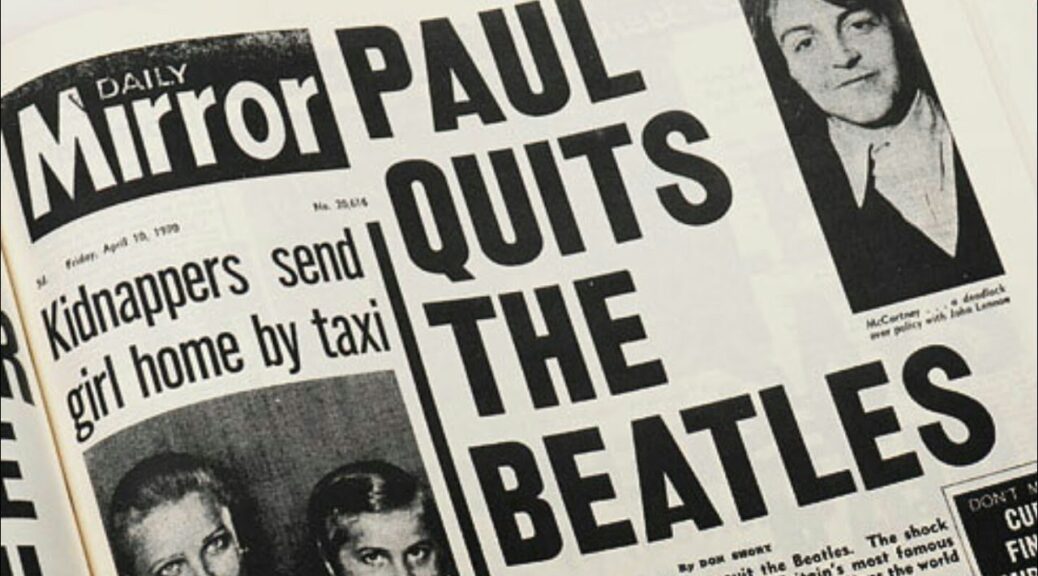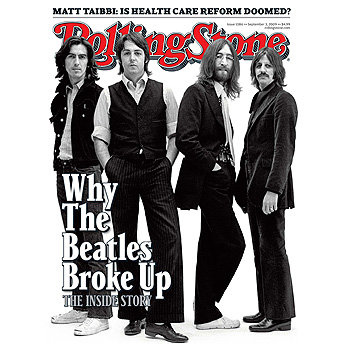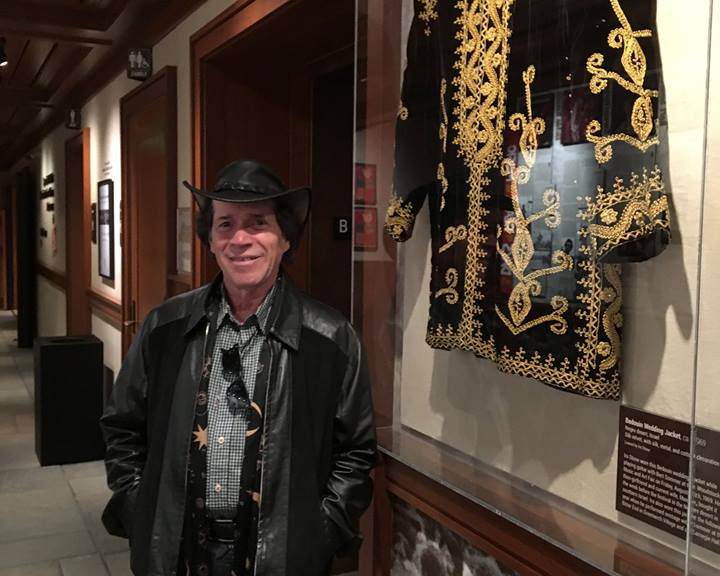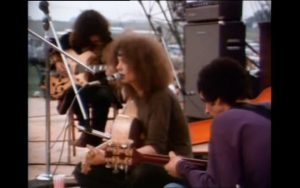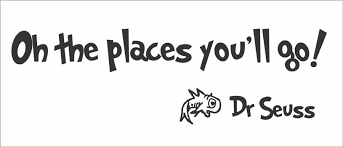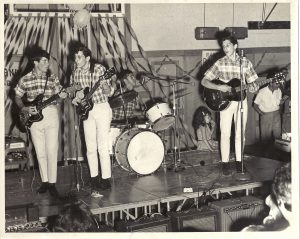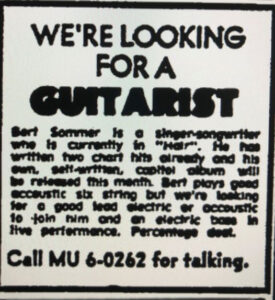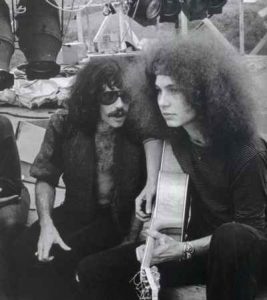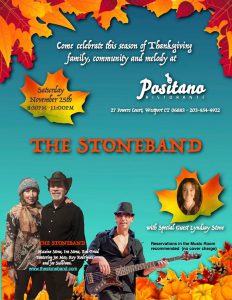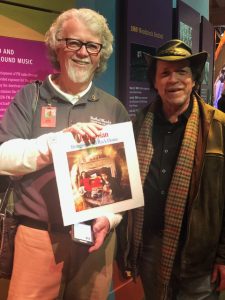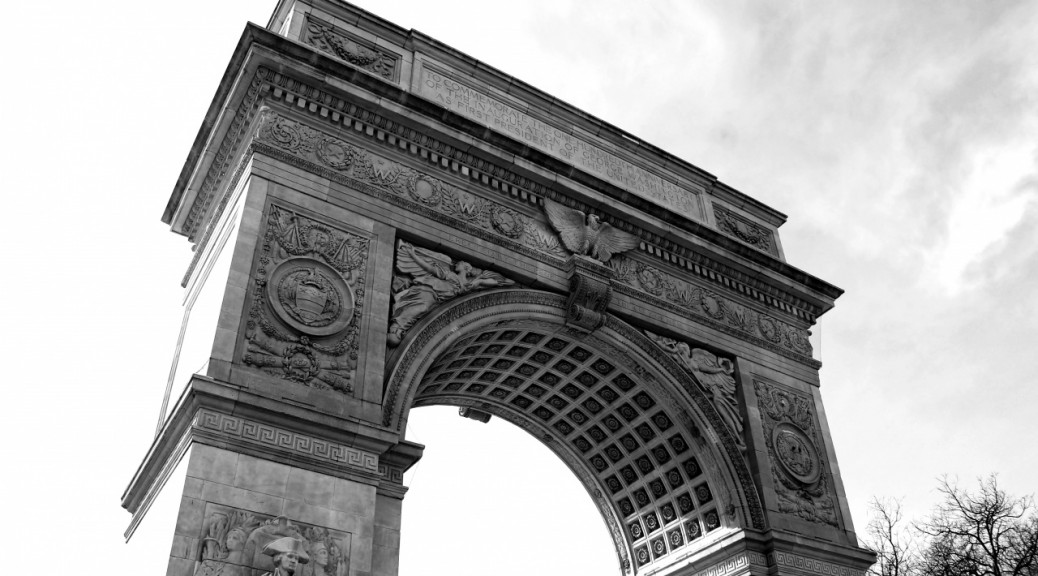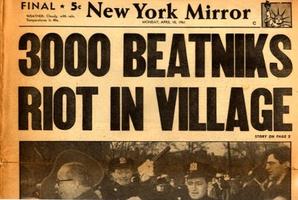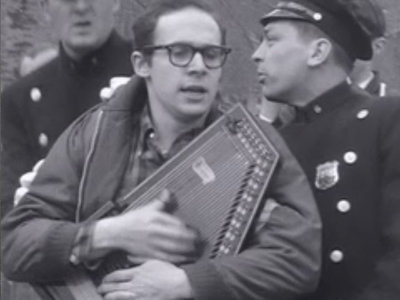John Paul George Ringo Breakup
April 10, 1970
It was 1970. We American Boomers had watched them on Ed Sullivan six years earlier. Six years during which we witnessed assassinations, wars, a cultural revolution, fear, and loathing,
Or as John Lennon had playfully sang in 1969: Everybody’s talking about, Bagism, Shagism, Dragism, Madism, Ragism, Tagism, This-ism, That-ism…
Many of us had literally grown up with the Beatles. We went from innocent early teenage years to the brink of adulthood and its disruptive realities.
The Beatles had stopped touring in 1966. Getting to see them live was always too difficult anyway, so the fact that they weren’t appearing live wasn’t that big a deal. We would always have their newest vinyl.
John Paul George Ringo Breakup
We’d had…
…Sgt Pepper’s Lonely Hearts Club Band and Magical Mystery Tour in 1967.
The Beatles–in 1968–but we were such good friends by then we all simply call it their “White” album.
Yellow Submarine and Abby Road in 1969, though there were rumors of another album already recorded.
John Paul George Ringo Breakup
We also had rumblings…
Ringo had briefly quit the Beatles in August 1968 and George had done the same in January 1969.
They gave us some solo stuff like George Harrison’s Wonderwall (1968) but that wasn’t real Beatles stuff. Was it even real George Harrison stuff?
John and Yoko’s Two Virgins the same year definitely wasn’t Beatles.
On January 30, 1969 they played on the roof of their Apple Building in London as part of their movie Get Back. Not knowing it, the impromptu live performance was their last.
John Paul George Ringo Breakup
Marriages and divorces
John got divorced. Paul got married. Yoko got married.
On August 22, 1969, photographer Ethan Russell shot the final photos of the the four together.
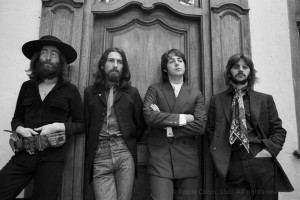
John
On September 20, 1969, John Lennon told the others that he was leaving the band, but agreed to keep it quiet until albums were released and the time was right.
Then…
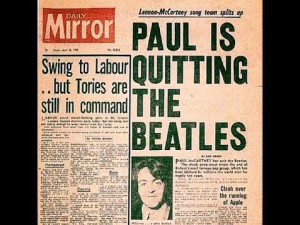
John Paul George Ringo Breakup
Paul spills the beans
April 10, 1970, Paul McCartney made the Beatles’ secret breakup public by issuing a press release to announce that he had left the group, done in the form of a fake interview:
“Q: Is your break with the Beatles temporary or permanent, due to personal differences or musical ones?
PAUL: Personal differences, business differences, musical differences, but most of all because I have a better time with my family. Temporary or permanent? I don’t really know.”
John Lennon was furious, especially since Paul announced the breakup, already agreed upon by the group, just one week prior to the British release of McCartney’s first solo album. When a reporter tracked down Lennon for his thoughts, he replied, “Paul hasn’t left. I sacked him.“
While the lives of John Lennon, Paul McCartney, Ringo Starr, and George Harrison occasionally crossed after 1970, the crossings were sometimes cordial, sometimes not.
Life without a Beatles album went on punctuated regularly by many solo offerings.
A piece of the sixties ended on April 10, 1970
Whatever happened to the life that we once knew
Can we really live without each other?
Where did we lose the touch
That seemed to mean so much
It’s always made me feel so
Not Yoko
You will notice that I haven’t said that “Yoko broke up the Beatles” –the oft sung sad shibboleth. That is because she did not break up the Beatles, but that’s another story for another time.
And the final final legal legal breakup was still nearly five years away.
